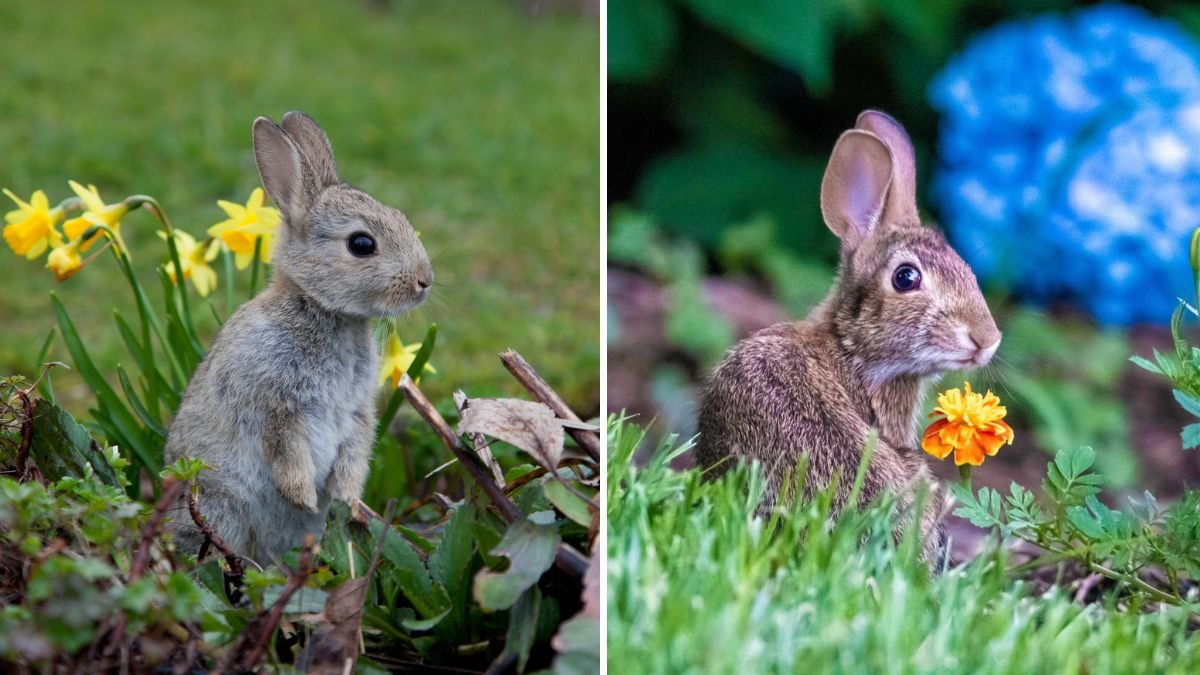Tulips are one of the most beloved spring flowers, known for their vibrant colors, elegant shapes, and ability to brighten up any garden. However, for many gardeners, rabbits can turn a tulip bed into a buffet. These furry intruders have a particular fondness for tender tulip shoots and blooms, and their constant nibbling can quickly ruin weeks of careful planting and design.
Fortunately, experienced gardeners have developed tried-and-true strategies to protect tulip beds from rabbits without harming the animals or compromising your garden’s aesthetics. This guide will explore effective methods, preventive techniques, and practical tips to keep rabbits away from your tulips all season long.
1. Why Rabbits Love Tulips
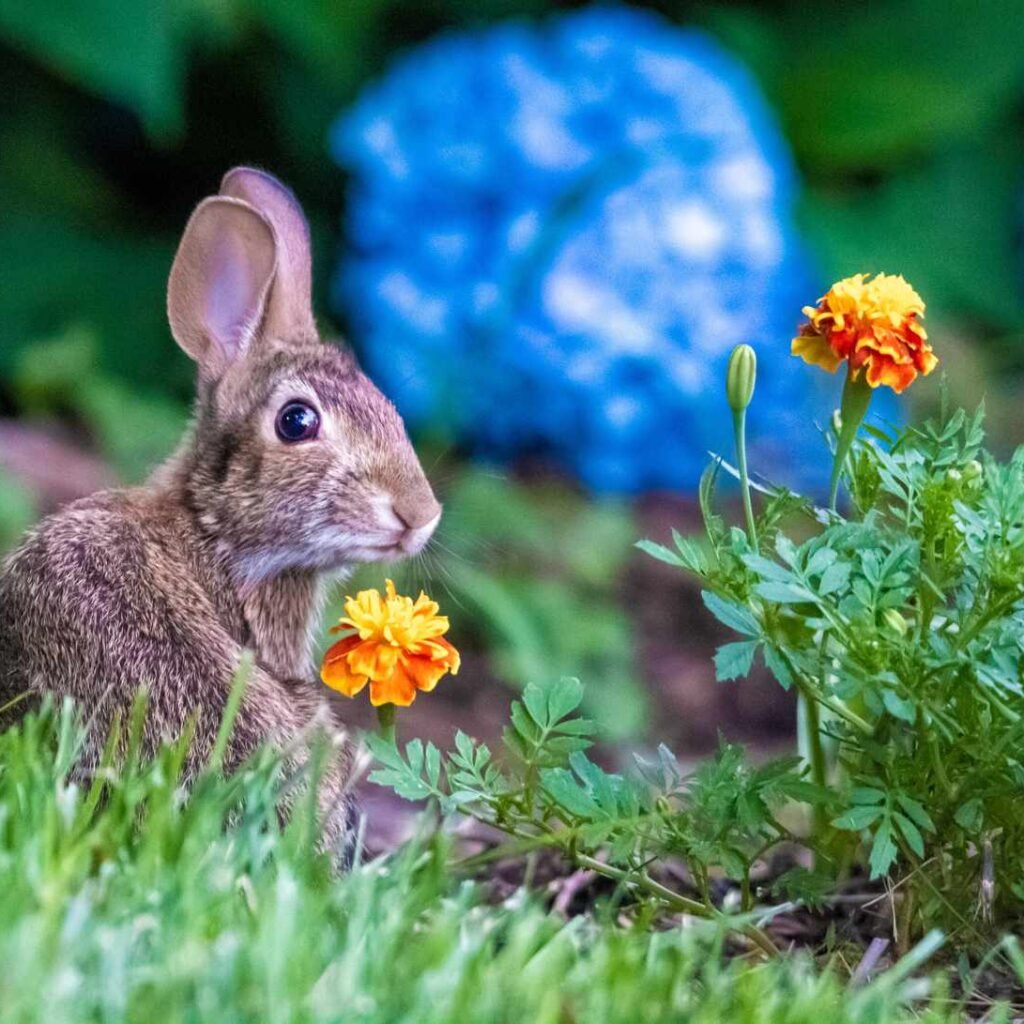
Understanding why rabbits target tulips can help you protect your plants more effectively:
- Tender shoots and blooms: Tulips produce soft, succulent foliage in spring, which is highly appealing to rabbits.
- Early emergence: Tulips often appear before other garden plants, providing rabbits with one of the first available fresh foods.
- Easy access: Tulips planted at ground level are easy for rabbits to reach, making them an irresistible target.
Pro Tip: Rabbits rarely eat mature tulip bulbs, so protecting the emerging shoots is key.
2. Physical Barriers: Fencing and Netting
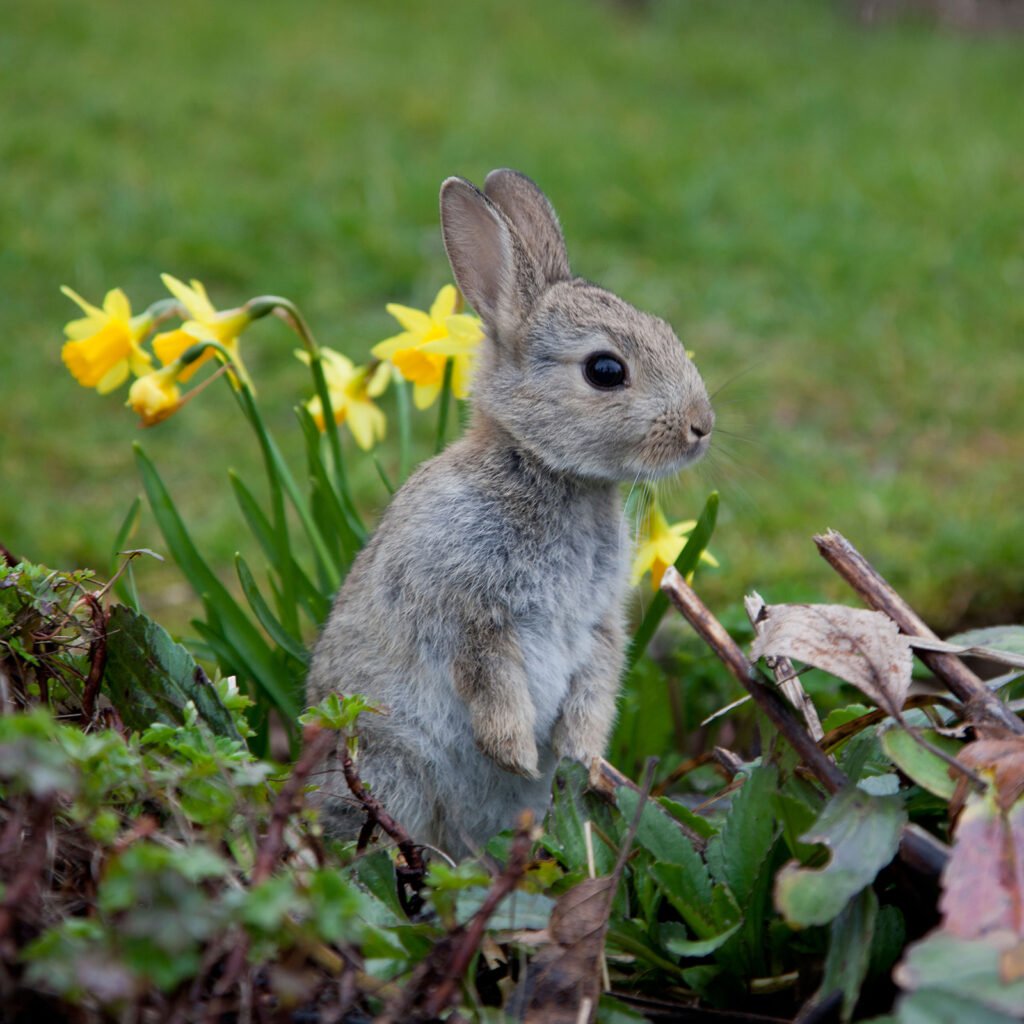
The most reliable way to prevent rabbits from eating tulips is to physically block access:
Fencing
- Height: Use fences at least 2 feet tall; rabbits are excellent jumpers.
- Material: Chicken wire or mesh with 1-inch openings works well.
- Installation: Bury the bottom 6 inches of fencing underground to prevent rabbits from digging under.
Netting
- Temporary covers: Lightweight garden netting can protect tulip beds during peak growth.
- Support: Use stakes to keep netting above the plants without crushing the blooms.
Pro Tip: Fence or net early, before shoots emerge, to prevent rabbits from establishing a taste for your tulips.
3. Plant Companion Strategies
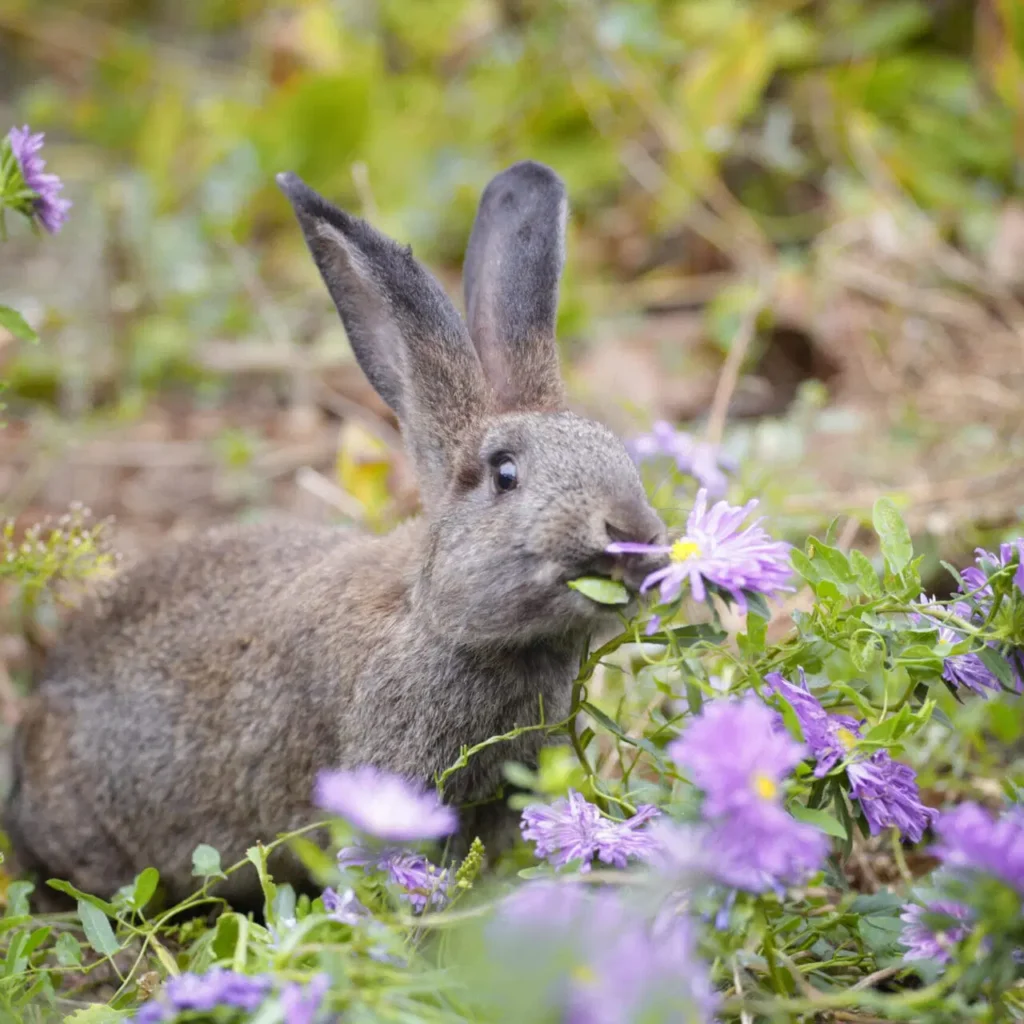
Some gardeners use rabbit-repelling companion plants to deter visits:
- Alliums (ornamental onions): Strong scent discourages rabbits.
- Daffodils: Toxic to rabbits, can be planted around tulip beds.
- Lavender and rosemary: Aromatic herbs can act as natural deterrents.
Pro Tip: Mix tulips with these plants for both visual appeal and rabbit protection.
4. Repellents: Taste and Smell
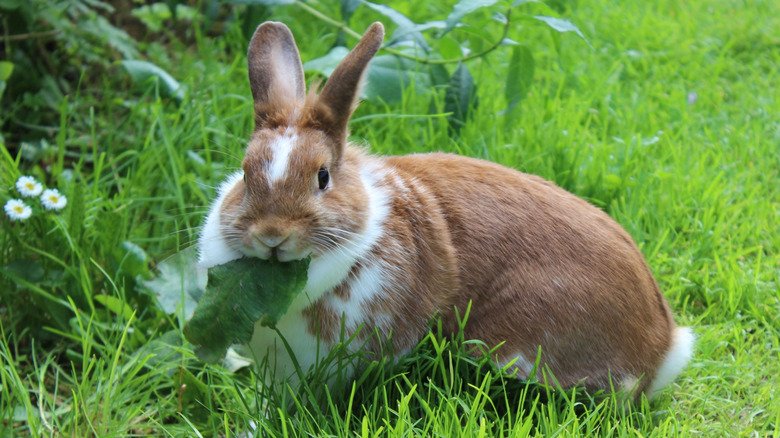
Commercial and homemade repellents can be effective when used correctly:
Types of Repellents
- Commercial rabbit repellents: Spray on foliage to make plants taste unpleasant.
- Homemade solutions: Garlic, hot pepper, or egg-based sprays.
- Predator scents: Use fox or coyote urine near tulip beds to mimic natural predators.
Application Tips
- Apply repellents in dry weather to ensure effectiveness.
- Reapply after rain or heavy watering.
- Rotate different repellents to prevent rabbits from becoming accustomed.
Pro Tip: Repellents work best in combination with fencing, not as a standalone solution.
5. Plant Tulips Strategically
Where you plant tulips can make a significant difference:
- Elevate bulbs: Plant in raised beds or containers that are harder for rabbits to reach.
- Cluster bulbs with deterrents: Surround tulips with plants rabbits dislike, such as marigolds or herbs.
- Avoid edges: Plant tulips away from garden edges, hedges, or areas rabbits frequent.
Pro Tip: Strategic placement reduces rabbit encounters and adds a layered visual effect to your garden.
6. Timing Plantings
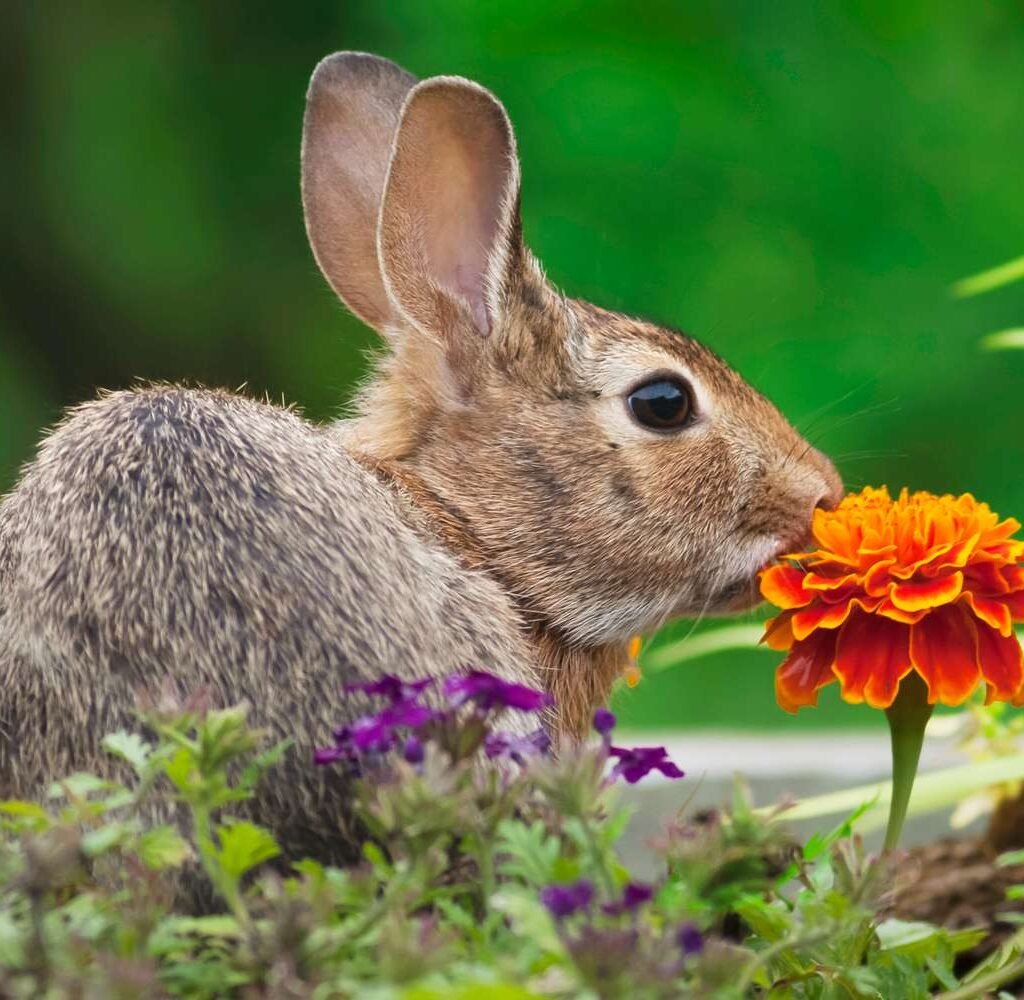
Timing your tulip planting can also reduce rabbit damage:
- Plant later in fall: Late planting may delay emergence until after rabbits have consumed early shoots.
- Stagger blooms: Use a mix of early, mid, and late-blooming tulips to spread out rabbit pressure.
Pro Tip: Combining different tulip varieties ensures continuous color while reducing vulnerability to rabbits.
7. Habitat Modification
Reducing the attractiveness of your garden to rabbits can help:
- Remove hiding spots: Clear tall grass, brush piles, or dense shrubs near tulip beds.
- Keep lawns mowed: Short grass discourages rabbits from lingering.
- Avoid feeding wildlife: Birdseed or pet food in your garden attracts rabbits.
Pro Tip: A tidy garden reduces rabbit visits naturally, complementing other protective measures.
8. Using Natural Predators
Introducing or encouraging natural predators is an eco-friendly way to keep rabbits away:
- Cats or dogs: Well-supervised pets can deter rabbits.
- Birds of prey: Hawks and owls help control rabbit populations outdoors.
- Decoy predators: Use realistic owl or fox decoys near tulip beds, moving them occasionally for realism.
Pro Tip: Predators work best as part of an integrated approach rather than the sole method.
9. Monitoring and Maintenance
Consistent observation is crucial for long-term protection:
- Inspect regularly: Check for nibbling or footprints.
- Repair barriers: Fix holes in fencing immediately.
- Reapply repellents: Maintain effectiveness throughout the growing season.
- Adjust plantings: Relocate vulnerable tulips if necessary.
Pro Tip: Early detection and intervention prevent major damage and protect your tulip investment.
10. Integrated Approach: Combining Strategies
Gardeners agree that no single method guarantees 100% protection. The most effective strategy combines:
- Physical barriers: Fencing or netting.
- Companion planting: Rabbit-repelling species.
- Repellents: Commercial sprays or natural mixtures.
- Strategic placement: Raised beds, clusters, or away from edges.
- Habitat modification: Removing hiding spots and minimizing attractants.
This multi-layered approach ensures your tulips remain intact while coexisting safely with local wildlife.
Pro Tip: Start early and stay consistent—prevention is easier than repair.
11. Final Thoughts
Rabbits can be charming in the wild, but in your tulip bed, they can be a persistent problem. By combining physical barriers, repellents, strategic planting, and habitat management, gardeners can enjoy vibrant tulip displays all season long.
Key takeaways:
- Protect emerging shoots early with fences or netting.
- Use companion plants and repellents to deter rabbit visits.
- Plant tulips strategically and modify the habitat to reduce attractiveness.
- Monitor, maintain, and adjust techniques as needed.
With patience and careful planning, your tulip beds can remain safe from rabbits, allowing you to enjoy stunning blooms without compromise. A well-protected tulip garden brings joy, color, and a sense of accomplishment—proof that thoughtful gardening pays off.
